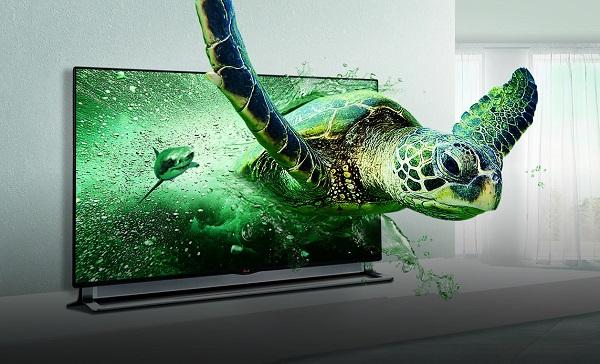How high or low should the TV be mounted on the wall to make it "Eye Level"?
Thanks

Q My TV is currently installed at the perfect eye-level for 3D viewing. To make space for new equipment, however, I will need to move my set from its stand and mount it higher than eye-level on the wall behind the stand. If I use a tilt mount to adjust the screen’s angle, can I get the same great 3D viewing experience that I’m accustomed to? —Jack Barker
A For this situation, a tilt amount is precisely what I’d recommend. High-quality 3D viewing is dependent on a few factors, the main one being that the screen should be perpendicular to your line of sight. Since you’re concerned with 3D viewing, perhaps you’ve noticed that tilting your head a few degrees in the vertical or horizontal direction (or both) while watching 3D movies increases crosstalk — the ghosting effect that creates double images.That’s the key reason why you need to watch 3D movies sitting up relatively straight as opposed to sinking into the couch or lying down.
Of course, if you mount your TV above eye-level, the new installation will boost the vertical offset between your eyes and the screen, increasing the likelihood of crosstalk artifacts. This can be a particular problem with 3D sets that use passive, as opposed to active, 3D technology.
How do you compensate for vertical offset? By doing precisely what you plan to do: use a tilt mount. Since the new elevated installation will create a skewed viewing angle, being able to tilt the TV forward a few degrees forward will even the viewing plane and help to optimize it for 3D viewing. It will also provide you with a wider range of viewing positions. Depending on your TV, the adjustment might also improve 2D performance since image contrast with some LCD sets can degrade a bit when viewed vertically off-axis.

How high or low should the TV be mounted on the wall to make it "Eye Level"?
Thanks

I think it is looking straight at the middle of the TV